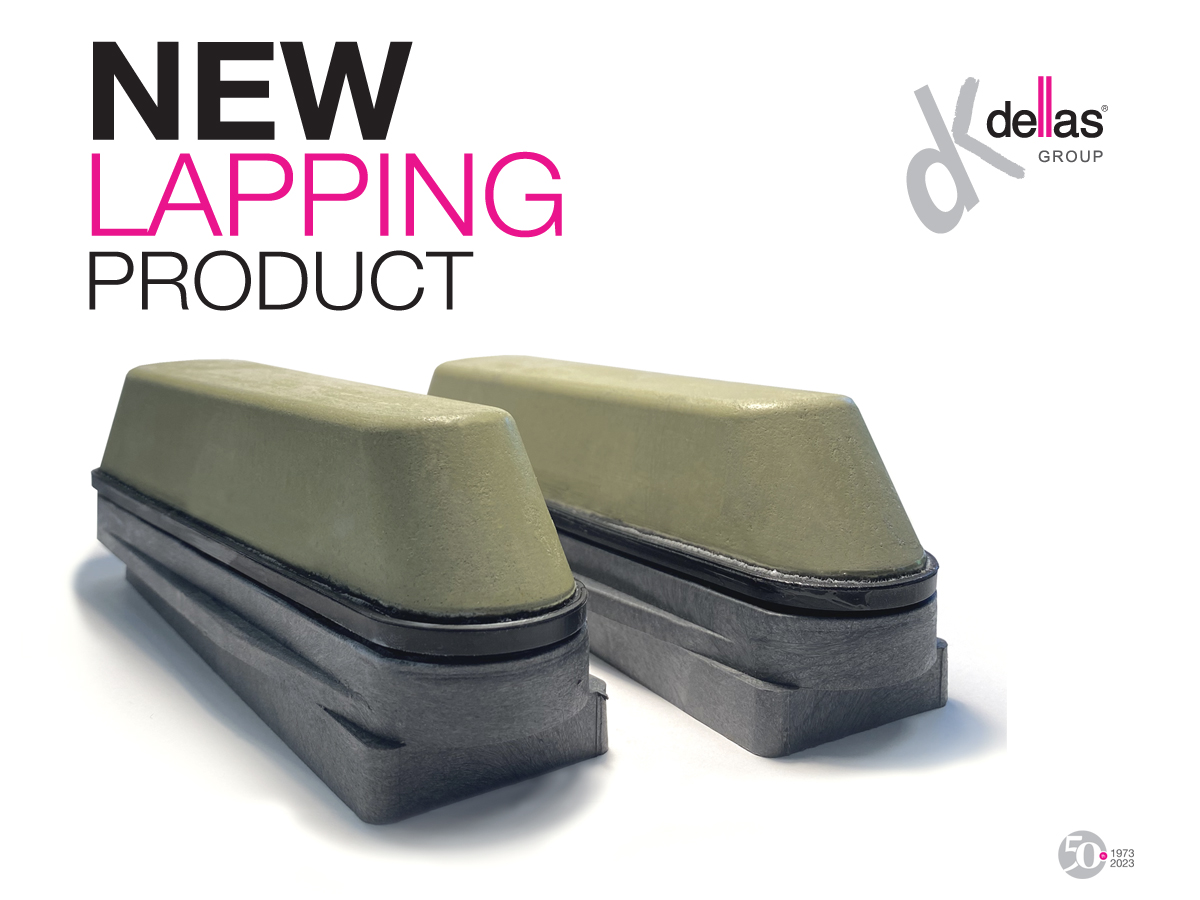A surface can be defined as polished when light is reflected with the lowest degree of dispersion as it strikes it. Mechanically, this is achieved by uniformly abrading the surface until regular, homogenous micro-scratches of a depth and width comparable in order of magnitude to the wavelength of the incident light are obtained.
Dellas group understands the polishing process and the importance of making a polished surface as even as possible. And it is familiar with market trends and the growing demand for ever more innovative ceramic furnishing elements, both in the industrial and urban fields.
For this reason, the company’s in-house research and development laboratory has carried out studies on the optimisation of the cutting process, which involves several factors related to the properties of the tool and the material being processed; and has developed even more versatile tools such as the 170 mm long lapped Fickert tools.
Thanks to this solution, a reduction in costs and/or production time is achieved, which consequently improves the quality of the finished products in terms of finish and gloss.
For 50 years, it has been a priority for Dellas to help the supply chain grow with innovative and useful solutions. To achieve this, the company’s specialised personnel are present at the automatic finishing lines for ceramic tile production to observe and listen to individual needs. Then, at the factory in the province of Verona, new products are studied and developed in the form of prototypes; and before they are presented to the market, tests, measurements and performance evaluations are carried out on them, with a view to continuous improvement.
A new article has appeared in Ceramic World Review about this very new product. You can read it on page 94.
For more information, please contact us.


